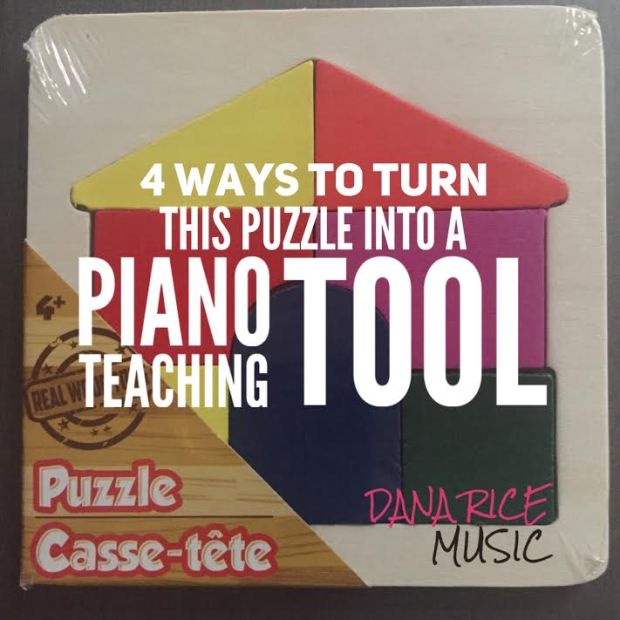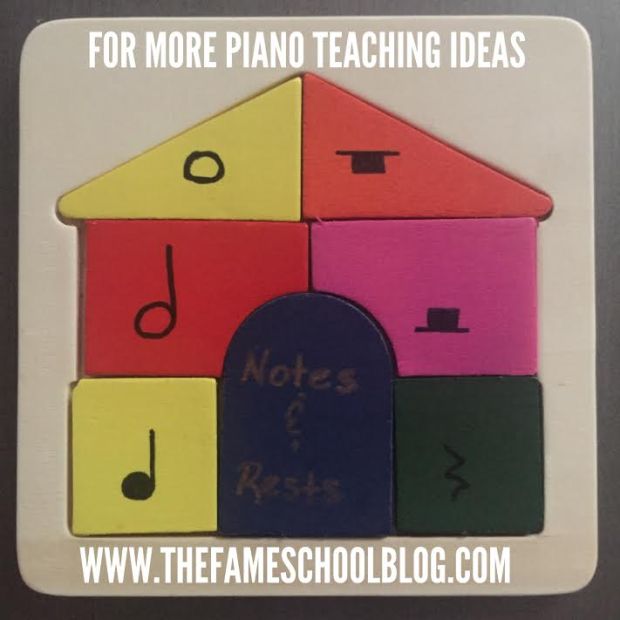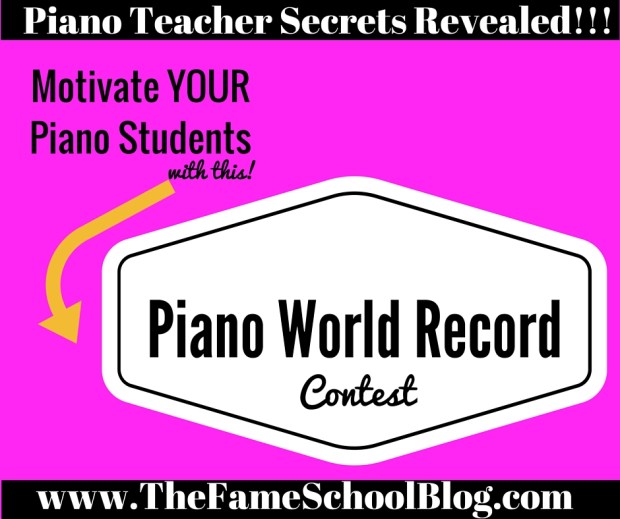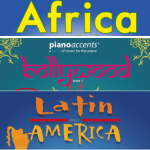
Hello Kids and Keys Readers! Today’s post is coming to you from Doug Hanvey, an accomplished piano teacher in Portland, OR. Doug also writes his own blog at www.portlandpianolab.com.
Read on for some helpful tips for getting over the summer piano slump!
Summertime is here! But that’s not good news for every piano teacher. Some students may take a break from lessons, and parents may have to be reminded to start up again as fall approaches. How can you continue to engage your students and their parents during the summer so that the dreaded lapse in practicing – and the possibility that some students might end up leaving your studio, having lost momentum – can be avoided?
Have you ever noticed that the way you ask a question determines the possible answers to it? We could take that question as is, or we could go deeper and ask: How could you make your summer lessons so exciting and fulfilling that they’re not only competitive with all the other fun activities kids can choose, but rise to the top?
If you were a kid, and a long, lazy summer were beckoning in front of you, what would keep you excited about continuing your lessons, and even have you bugging your parents to make sure they’d let you keep going?
Every piano studio is different, and every teacher will come up with ideas that reflect the unique qualities of their students, the area they live in, and other factors. Here are a few ideas to use as starting points for your brainstorming.
Take Your Studio Outside
Summertime is outside time. Why not throw a party in your backyard for your students (no parents allowed) with a digital piano or two, and a long extension cord? Include lots of games, both musical and not, yummy food, and let the students play for each other (but no pressure – only if they want to). Suggest they invite their friends. Once their friends see how fun and cool it is to make music under the summer skies, you may gain a new student – or two or three.
Go on a Field Trip
Take your students on a field trip. Their parents will love you for getting them out of their hair for a day or two. Promise lots of fun – this should be more of a social occasion. They will have a blast hanging out with each other (take a couple of parents along to help you out!) while you visit a nearby city to see a concert or other cultural attraction. Along the way of course, keep them entertained with activities, games and surprises that will make the trip a highlight of their summer.
Get Creative
If you were a kid, what would keep you excited and involved with music during the summer? I think it has to do with the way a child relates to music. Is music something they do or is it something they are?
If music is something we do (like homework) and not something that is part of us – that helps define us – how likely is it we’ll stay motivated to play or study during the summer, or even at all? For better or worse, by the time I was 12 music had become a major part of my identity. Playing the piano, but even more so, being creative with music, was a therapeutic and enjoyable way for me to express my individuality. I taught myself how to improvise and compose (formal instruction came later). But what if my music teachers had actually encouraged me to do so and given me direction?
Baseball is fun, and so is camping, but neither is very creative. If you haven’t brought improvising or composing into your studio, why not develop a summer creative group program? Your students meet together each week to learn about improvising and composing and to play creative music games. (You could even combine this with outside activities like the above.)
Towards the end of the summer you could bring in students from a couple other studios – such as a voice studio or percussion studio – for a fun, creative jam. Students who have written their own pieces can perform them. The kids will have a blast, they’ll make new friends, and they will be dying to continue their piano lessons. They may even be the ones nagging their parents about signing up for the fall, so you don’t have to.
These are just a few ideas for making your studio so dynamic and exciting that the idea of quitting lessons during the summer is simply inconceivable.
How do you keep your students enthusiastic about summer lessons? Share your ideas in the comments below.

Doug Hanvey is a piano teacher in Portland, Oregon. His Piano Lab Blog offers cutting-edge tips and ideas for piano teachers and students.
You may also be interested in reading:
The Music Store Field Trip
Piano Outside
Summer Piano Shorts: Cool Chords
Summer Piano Shorts: Octaves









